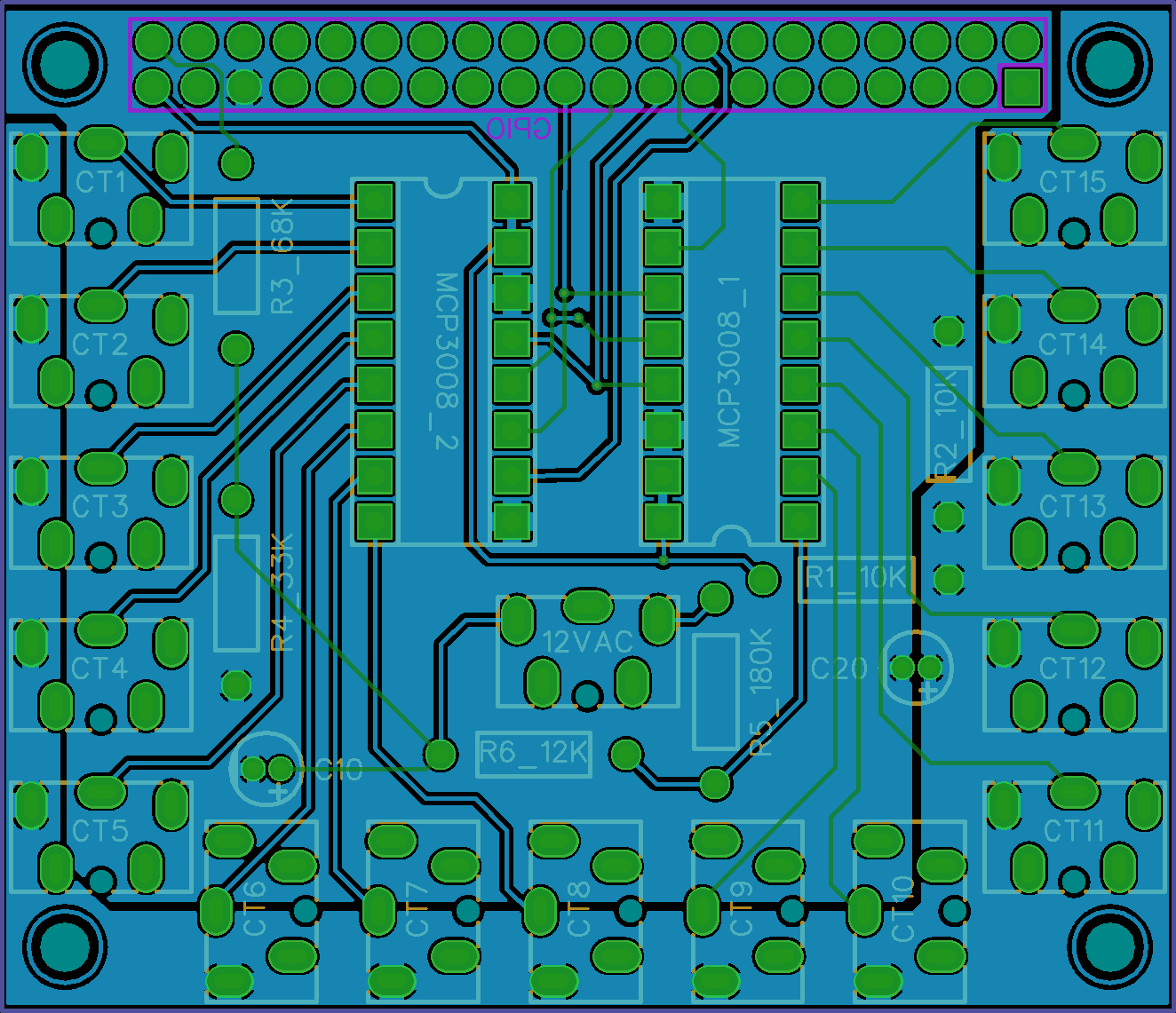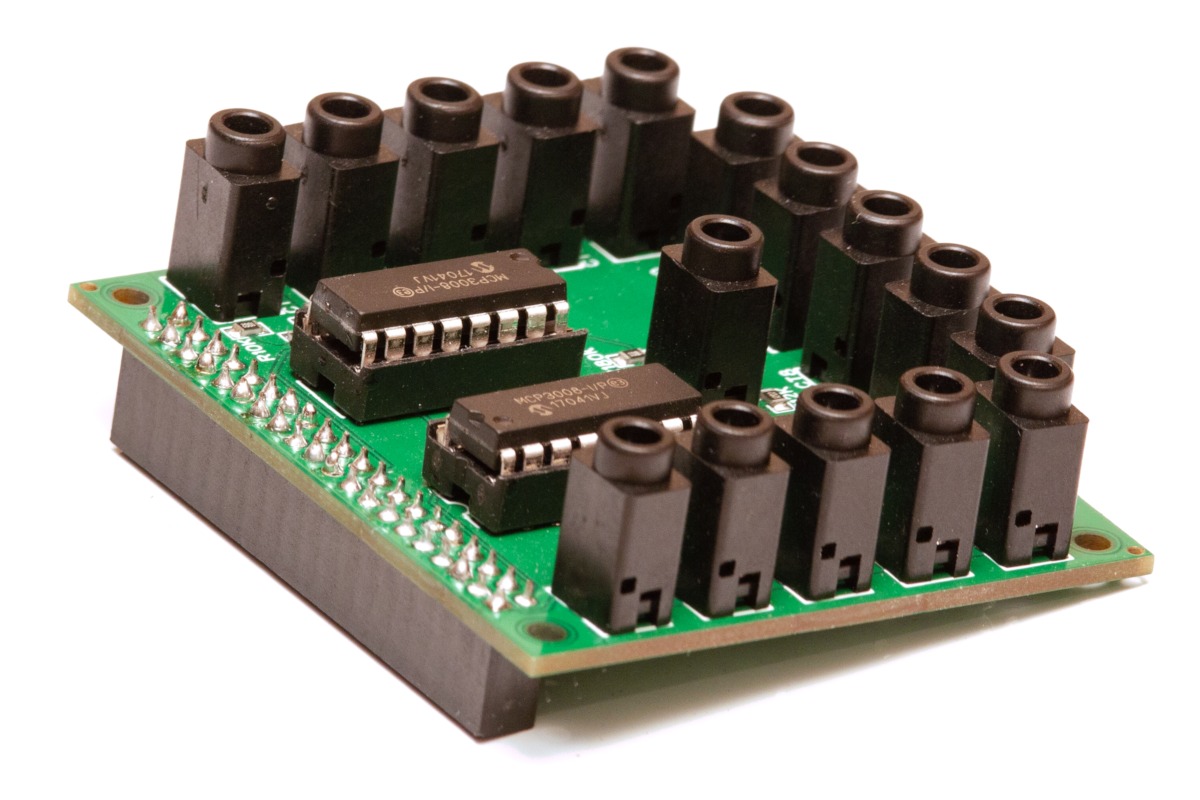Hardware Requirements
Each Lantern Power Monitor hub is capable of monitoring 15 breakers. If you're buying kits or pre-built hubs, that's really all you need to know, divide the number of breakers by 15 and that's how many kits/hubs to buy.
If you're building your own hubs and acquiring your own parts, there is an option in the mobile app to generate a bill of materials with a complete list of every single component you'll need. At a high level, for each hub you need:
- Raspberry Pi
- Lantern Power Monitor PCB
- Case (Optional)
- Voltage Transformer
- Current Transformers
Raspberry Pi

The power monitor was designed for a 3A+ but also works with a Zero 2 W, 3B+, or 4B (any amount of memory is fine).
Lantern Power Monitor PCB



Pre-assembled PCBs can be purchased via our webstore.
Case

Cases with and without a flange for surface mounting with screws exist for the 3A+, 3B+, 4B, and Zero 2 W. STL files are available here that can be used to 3D print your own case.
Voltage Transformer

A 12V AC/AC voltage transformer is required to monitor the voltage of your mains so a power factor can be calculated resulting in a very accurate power reading. The Jameco Reliapro 10428 has proven ideal, but a variety of transformers could be used and calibrated for.
Current Transformers

The Lantern Power Monitor PCB does not have burden resistors built in and therefore is only compatible with current transformers that do contain a burden resistor. Specifically, it works with all YHDC SCT013 CTs that output 0-1V. The approved model numbers are:
- SCT013-005
- SCT013-010
- SCT013-015
- SCT013-020
- SCT013-025
- SCT013-030
- SCT013-050
- SCT013-060
- SCT013-100
